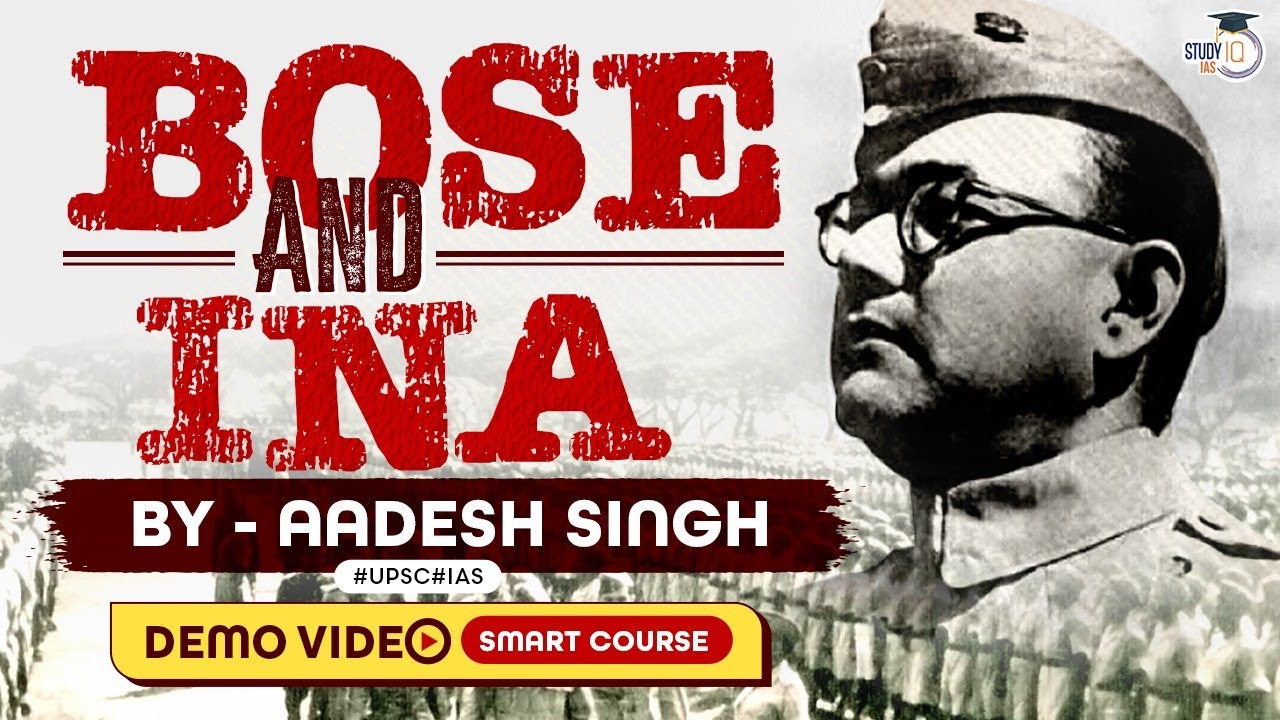Dharohar Episode 1 | The Formation of Indian National Congress
Summary
TLDRThis video explores the historical journey of the Indian National Congress, highlighting its formation on December 128, 1895, as a response to the struggle for independence from British rule. Key figures such as Dadabhai Naoroji, M.G. Ranade, and Bal Gangadhar Tilak played crucial roles in advocating for non-violent resistance and administrative reforms. The Congress aimed to unite diverse voices across India, fostering a democratic and socialist vision of a republic 'by the people, for the people.' Future episodes will delve into the strategic sessions from 1795 to 1894, illustrating how collective efforts paved the way for India's freedom.
Takeaways
- 📅 The Indian independence movement gained momentum with organized struggles against British rule on December 28, 1895.
- 🤝 The Indian National Congress was a central platform for mobilizing public opinion and organizing resistance against colonial powers.
- 🗣️ Key figures such as Dadabhai Naoroji, M.G. Ranade, and Gopal Krishna Gokhale played significant roles in advocating for Indian rights and self-governance.
- 🌍 The movement highlighted the importance of global support for India's quest for independence, emphasizing solidarity with other nations.
- 📜 The Congress sessions from 1795 to 1894 involved strategic discussions aimed at formulating actionable plans for independence.
- ✊ The principles of non-violence and democratic socialism were fundamental to the Congress's approach in mobilizing the masses.
- 💬 The period saw a blend of various ideologies and strategies as Congress leaders collaborated to strengthen their cause.
- 🔍 A focus on administrative reforms and constitutional rights was essential in shaping the early demands for Indian autonomy.
- 🏛️ The Congress aimed to be a representative body for all Indians, advocating for policies that benefited the broader population.
- 📣 The legacy of these early Congress leaders is crucial for understanding the foundations of India's struggle for independence.
Q & A
What was the focus of the struggle mentioned in the transcript?
-The struggle focused on gaining independence from British rule and addressing issues faced by organized workers in India.
Who were some prominent leaders referenced in the context of Indian independence?
-The leaders mentioned include Dadabhai Naoroji, MG Ranade, and Gopal Krishna Gokhale.
What was the significance of the Indian National Congress during this period?
-The Indian National Congress was pivotal in organizing efforts for independence and representing Indian public opinion on administrative and constitutional matters.
What key principle did leaders promote in their strategy for independence?
-Leaders promoted the principle of non-violence as a means to achieve independence.
What type of government was envisioned by the leaders in the transcript?
-They envisioned a democratic shelter and a socialist republic that would be 'of the people, by the people, and for the people.'
What was the historical context of the Congress session mentioned in the transcript?
-The transcript references Congress sessions held between 1795 and 1894, a time when leaders from across India strategized for independence.
What role did public opinion play in the independence movement?
-Public opinion was crucial in shaping the strategies and policies of the Indian National Congress and influencing the fight for independence.
How did international influences impact the Indian independence movement?
-The Indian leaders were aware of global movements and often sought inspiration from international struggles for freedom and rights.
What strategies were discussed for achieving independence?
-The leaders aimed to identify and strategize methods for collective action against British rule, focusing on unity among various groups.
What was the expected outcome of the strategies discussed by the Congress leaders?
-The expected outcome was a stronger, united front in the struggle for independence, leading to eventual self-governance.
Outlines

Dieser Bereich ist nur für Premium-Benutzer verfügbar. Bitte führen Sie ein Upgrade durch, um auf diesen Abschnitt zuzugreifen.
Upgrade durchführenMindmap

Dieser Bereich ist nur für Premium-Benutzer verfügbar. Bitte führen Sie ein Upgrade durch, um auf diesen Abschnitt zuzugreifen.
Upgrade durchführenKeywords

Dieser Bereich ist nur für Premium-Benutzer verfügbar. Bitte führen Sie ein Upgrade durch, um auf diesen Abschnitt zuzugreifen.
Upgrade durchführenHighlights

Dieser Bereich ist nur für Premium-Benutzer verfügbar. Bitte führen Sie ein Upgrade durch, um auf diesen Abschnitt zuzugreifen.
Upgrade durchführenTranscripts

Dieser Bereich ist nur für Premium-Benutzer verfügbar. Bitte führen Sie ein Upgrade durch, um auf diesen Abschnitt zuzugreifen.
Upgrade durchführenWeitere ähnliche Videos ansehen

Nasionalisme India

semangat merdeka part 1

IGNOU MA SOCIOLOGY & POL. SCIENCE || MPS -03 India : Democracy & Development || UNIT -1(Part-1)

Rise of Nationalism | Indian Modern History | UPSC | Lecture 22 | Aadesh Singh

Subhash Chandra Bose | Indian National Army | Freedom Movement | Modern History | UPSC Smart Course

Partition of Bengal 1905 | Swadeshi and Boycott movement | Full history @ParchamClasses
5.0 / 5 (0 votes)
